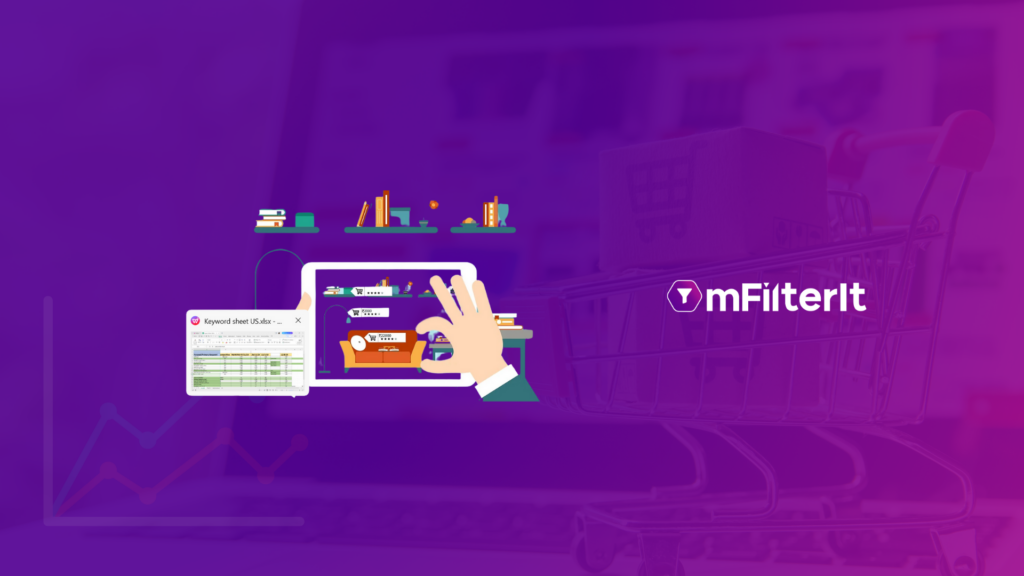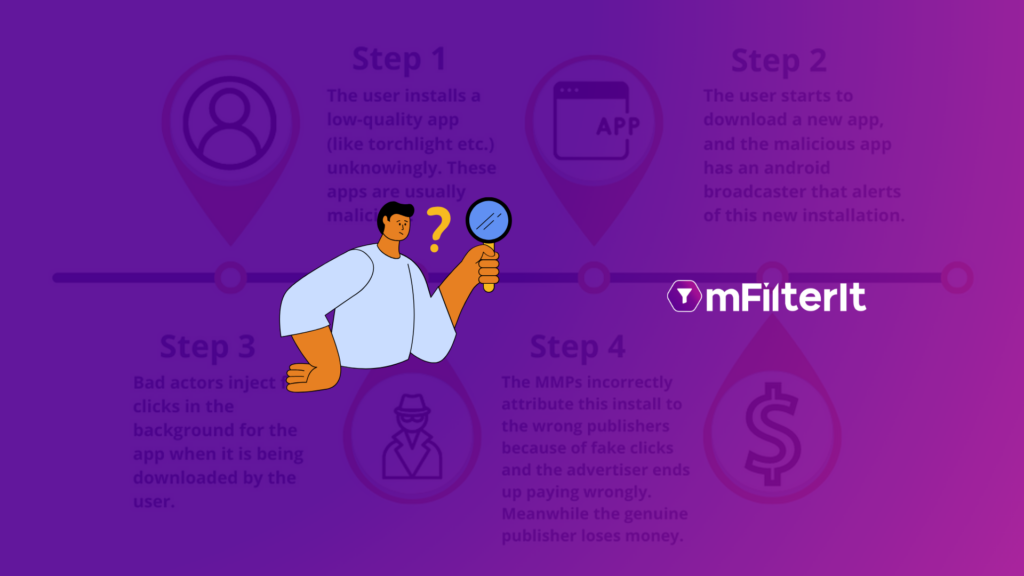How to boost product discoverability with keyword recommendation
Most shoppers know what they want, approximately 43% of shoppers go straight to the search bar Whenever we want to buy anything online whether it is a grocery item, a gadget, or a pair of shoes, we would invariably type in the words that describe what we are looking for. It could be ‘black running shoes’ or ‘basmati rice,’ or ‘best smartphone under 50k’ and so on. Typically, what customers look for is the type of products and often not a specific product from a particular brand. In the eCommerce setting, the search results will show a brand’s product in response to a query containing such organic keywords only when the brand has integrated the right approaches toward SEO keywords along with key elements that makes products more discoverable. What is Product Discoverability? In the e-commerce landscape, large aggregator marketplaces have such extensive options for each type of product that the customers can’t look at each offering that matches the search. Even if you sell a white shirt and the customer is looking for the same on Amazon, they might not see your product. That is why brands need to understand the customers, and their intent to purchase a product, and then present the product closest to what the customers seem to be looking for. Smart product discoverability tactics enable brands to display the products likely to be the best matches for the customer’s search. When customers can see the right products faster and get better offers, chances are that sales conversions will be higher. Role of Keywords in Product Discoverability 1. SEO Optimization Product discoverability is critical for digital commerce players. Whenever customers search online for your type of products, they should be able to see the brand. This is what we can achieve through SEO optimization. The first thing that a brand needs to do is to use the right keyword. A keyword analysis is key to identifying the relevant keywords that the audience is most likely to use for searching the products. These tools would analyze search volumes, competition, and various other factors that can improve the search rank of the keywords that you use. Companies also need to analyze the keywords that competitors are using. When a competitor’s products are ranking high, you can analyze and find out what keywords are working best, and use similar keywords in your product listings. However, it must be kept in mind that the content used in your product description should appear genuine and contextual, and you must not stuff keywords for the sake of it. Usage of long-tail keywords (phrases that are more specific than generic) in product descriptions, titles, or tags, enables greater product discoverability to the real-time audience. Product titles are a vital aspect of this strategy and they must always be optimized through high-ranking keywords. Regular, real-time performance analysis of keywords would boost the share of the shelf in the digital commerce ecosystem, and the brand would be able to scale search rank in a way that reduces the need to spend more on keyword bidding. Most shoppers know what they want, according to a survey by Catalyst Digital 43% of shoppers go straight to the search bar which makes keywords more important for product discovery. Further, several obstacles in product discoverability can be overcome by smart SEO strategies. For instance, the search ranking of product pages is affected by the content, imagery, and information that is provided on the page. By using good quality images, text that is easy to understand, relevant, and authentic and the addition of further details about the product can lead to superior discoverability. 2. Expand The Reach of Products Expanding the reach of the product implies that it is made available to a larger audience through multiple channels. You can optimize product listings on e-commerce marketplaces like Amazon and Flipkart etc by improving titles, and tags, and adding images and videos that can better display the products. Another key channel to expand its reach is social media. Most digital commerce brands use platforms like Instagram, Facebook, and YouTube to engage audiences across different regions and boost sales opportunities. Running advertising campaigns featuring sponsored keywords on Google Ads is likely to help find more customers looking for products in the category that you offer. Such campaigns should also integrate discounts and promotions as consumers relish great deals that save money and deliver value. Such promotions also help in generating buzz and increase brand visibility. One of the most impactful options to expand product reach is to optimize the product listings for mobile viewers. Mobile commerce through smartphone apps is already big and enables users to find products. 3. Monitor the Brand’s Organic and Sponsored Discoverability Once the brand’s organic and sponsored discoverability is boosted, it is also important to monitor the same and continually analyze the performance for improvement areas and greater outcomes of the keyword bidding activities online. It is important to regularly revise and monitor keyword performance and keep replacing low-performing keywords with other relevant options. Using advanced AI-powered digital commerce intelligence tools with keyword recommendations to monitor search rankings, keyword performance, and discoverability with a comprehensive dashboard can exponentially boost discoverability. 4. Monitor keyword-based digital Share of Shelf performance Digital share of shelf performance monitoring requires constant tracking of the product/brand visibility in the SERP. Setting up tracking through an advanced digital tool that would help in tracking search volumes, and analysis of snippets, images, and videos to help in the identification of best-performing content is essential. At the same time, one needs to monitor the share of the shelf for the competitors and as mentioned earlier, analyze their keywords and content strategies. 5. Track and analyze discoverability trends vis-à-vis competition across e-commerce marketplaces It might be challenging to track and analyze the discoverability of your products on eCommerce marketplaces, especially in comparison to the competition, but through a smart and strategic approach, it is doable. What you need is to clearly define the metrics that have to be tracked. Whether
How to boost product discoverability with keyword recommendation Read More »










